Twin polar bear cubs venture out of the den for the first time into an empty zoo
Three-and-a-half-month-old twin polar bear cubs have made their public debut at a zoo in the Netherlands, but without the public because of coronavirus restrictions

READING LEVEL: GREEN
A pair of twin polar bear cubs have made their public debut* at a zoo in the Netherlands, but without the public because of coronavirus restrictions.
The three-and-a-half-month-old cubs and their mother cautiously ventured* out of the maternity* den at the Ouwehands Zoo in recent days.
The twins stuck close to their mother, called Freedom, as they explored their outdoor enclosure for the first time since they were born on November 27, 2019.
Freedom kept a close eye on her cubs and gently licked the head of one as it suckled*.
The cubs are the product of a European breeding program intended to help preserve the endangered species.
The gender of the cubs is not yet known. Once that is established, likely after they take their first swim, the zoo has two male names — Yuku and Atlas — and two female names — Yura and Nova — ready.
The Ouwehands Zoo in the central town of Rhenen has closed its doors to visitors until at least April 6 as part of the country’s efforts to slow the spread of COVID-19.
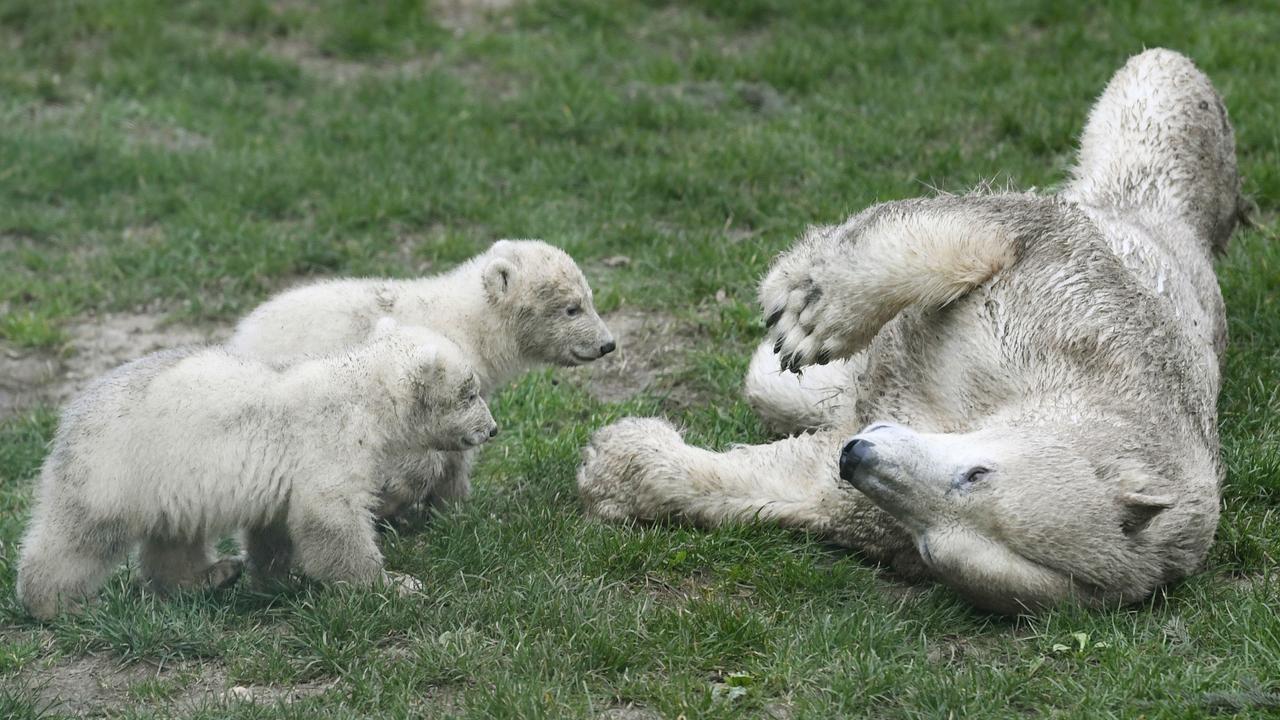
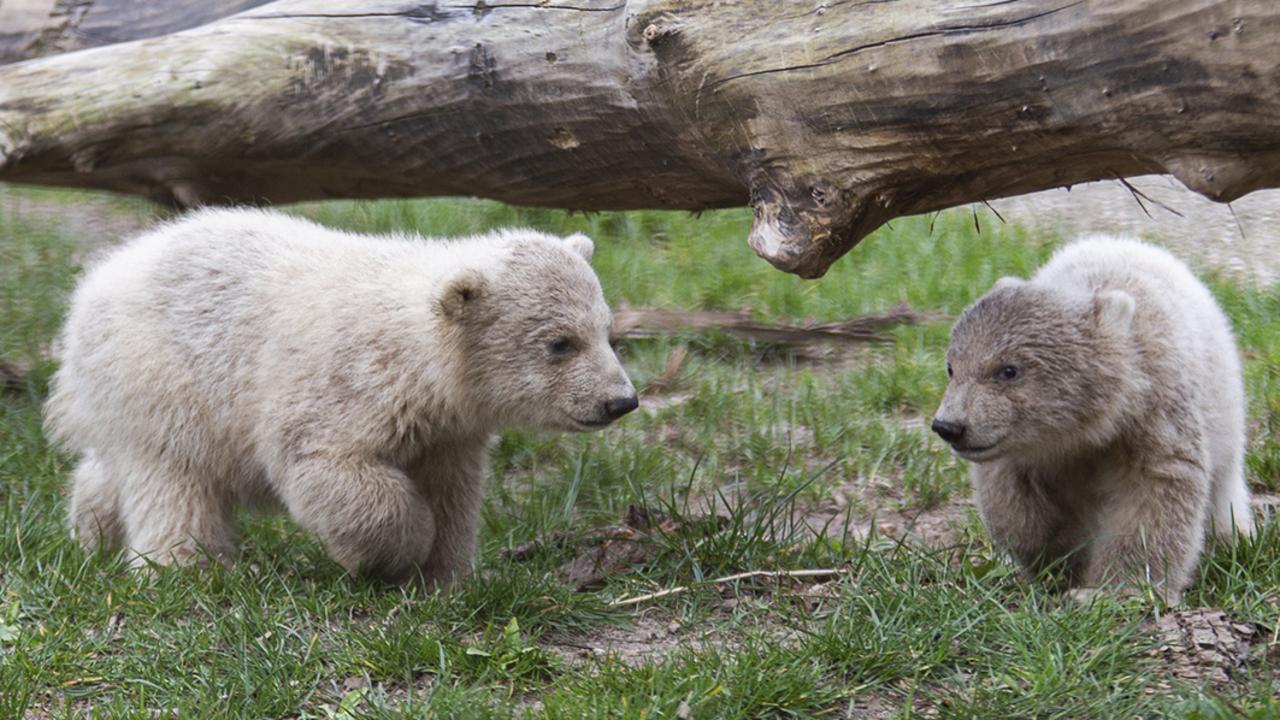
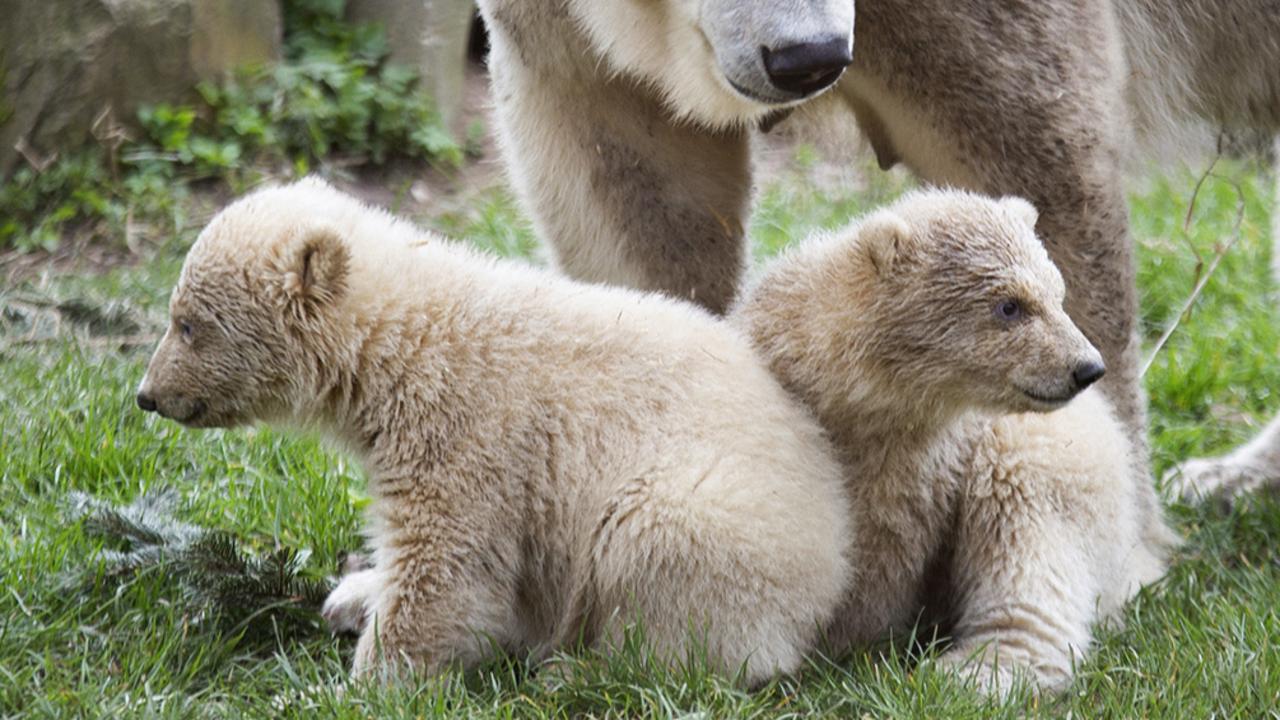
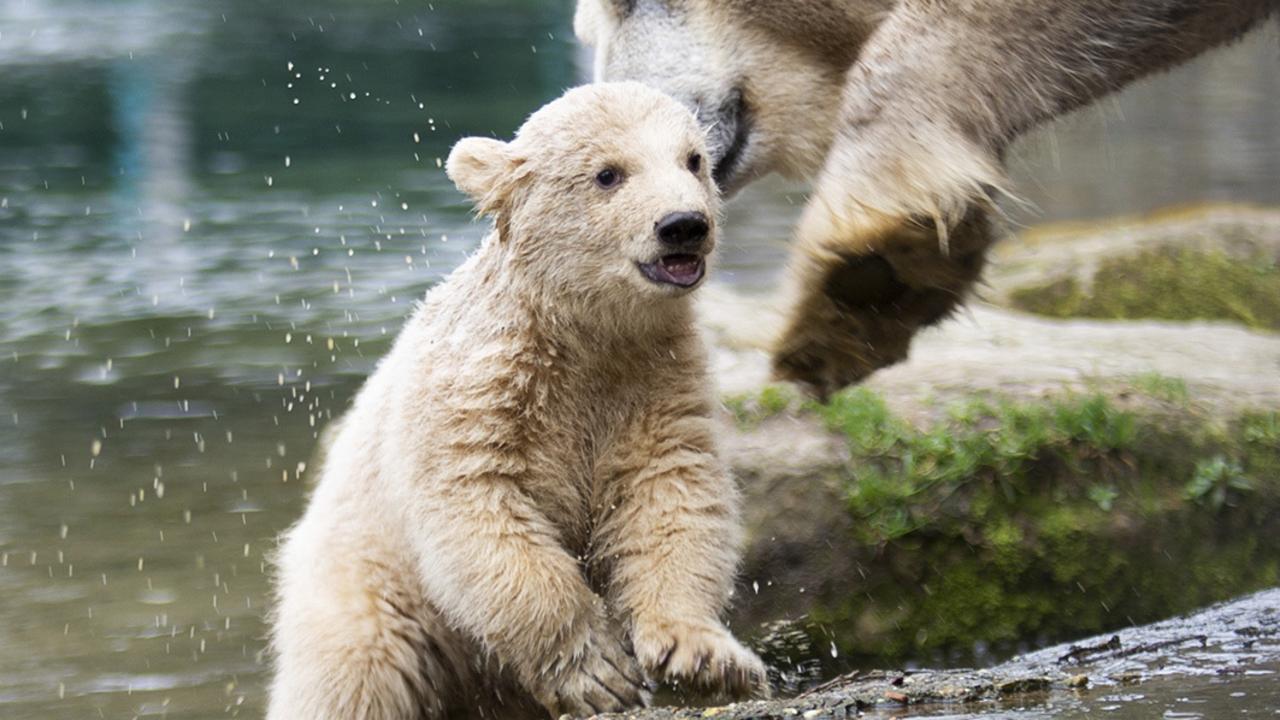
POLAR BEARS
In the wild, polar bears live in the Arctic and are endangered.
Because ice in the Arctic is melting due to global warming, polar bears have to swim long distances to get from one ice floe* to another, which means they are at greater risk of drowning and they have to work much harder to find food.
They also come into areas humans live to find food, which is dangerous for both humans and polar bears.
They are very intelligent and are at the top of the food web or chain in their habitat.
Their long necks help them swim and hunt. They have excellent sight, smell and hearing to help them hunt.
Their fur is dense, insulated and topped by guard hairs of various lengths. Under the skin is a layer of fat up to 11.5cm thick.
Adult males weigh 350-590kg and females weigh 150-295kg.
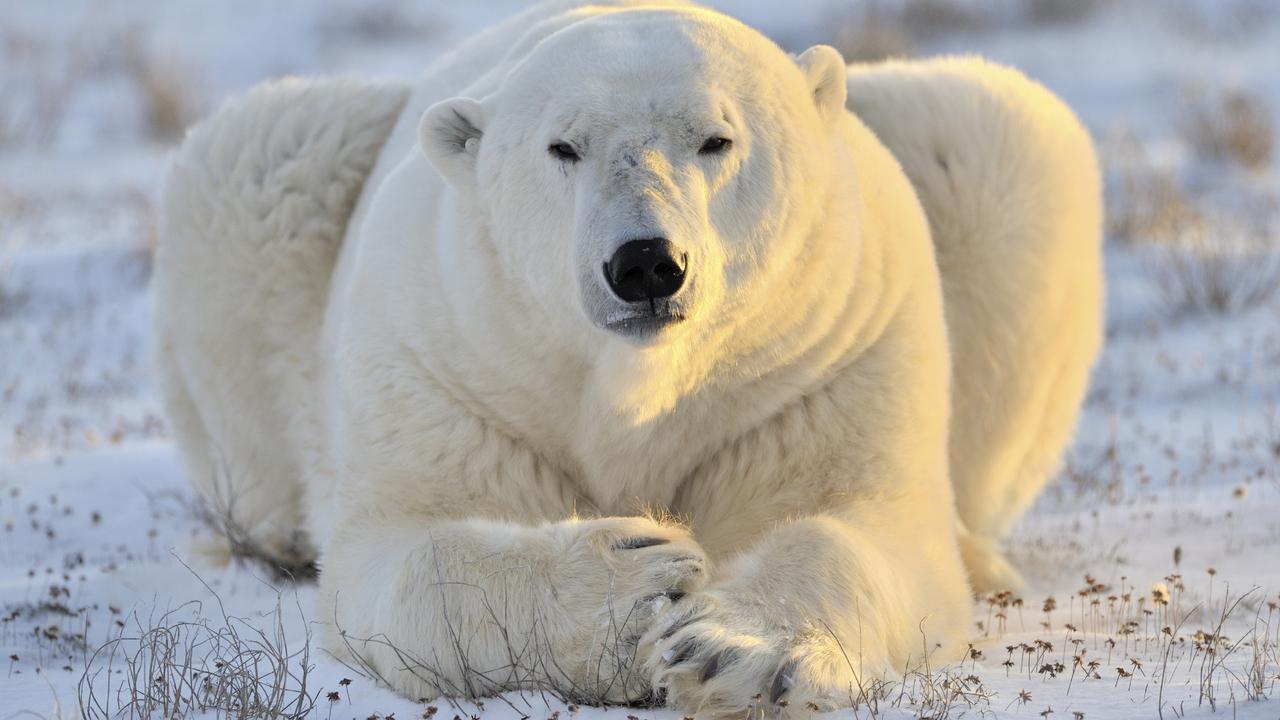
BEAR CUBS
Female polar bears can delay the development of an embryo — an unborn cub in the very early days of development — until conditions are right.
For the mother’s body to begin to develop an embryo, she has to have a layer of fat under her skin that she could use to make enough breast milk to feed a baby while hibernating in a den in winter.
Mothers don’t eat anything in the den and just drink some snow to survive.
Cubs are born deaf and blind and need intensive nurturing from their mothers. The fathers are not involved in parenting.
You can learn more about polar bears at ouwehand.nl/en/news/polar-bear-twins-born and polarbearsinternational.org
VIDEO: This bear cub is about to meet the public at a zoo in Vienna, Austria
GLOSSARY
- debut: first time doing something
- ventured: went on a risky or daring journey
- maternity: to do with having a baby
- suckled: breastfeed
- floe: sheet of floating ice
EXTRA READING
Town where polar bears outnumber people
The islanders who want to officially scrap time
Tiger iceblocks and other heat hacks for a hot Earth
World’s best wildlife photos of 2019
QUICK QUIZ
- Where do these bears live? Where do polar bears live in the wild?
- What is the mother bear’s name?
- Are males or females heavier?
- How does the mother feed the young cubs?
- How well can the cubs see when they are born?
LISTEN TO THIS STORY
CLASSROOM ACTIVITIES
1. Polar Bear Facts
On an outline of a shape of a polar bear, draw and write all the facts you’ve learnt about them from the Kids News article.
Time: allow 15 minutes to complete this activity
Curriculum Links: English, Science
2. Extension
Why are polar bears at the top of the food chain?
Give some suggestions to dad polar bears about how they could be more involved in the parenting of polar bear cubs!
Time: allow 10 minutes to complete this activity
Curriculum Links: English, Science, Personal and social, Critical and creative thinking
VCOP ACTIVITY
No Name?
The polar bear cubs are yet to be named, possibly because the gender is unknown. So your job is to come up with two names that would be suitable for either gender. Also try and stick with names to match in with their mother, Freedom.
What can you come up with?
Why did you think they make good names?
Run a poll with the class and see what name they like the best out of your top two.
HAVE YOUR SAY: What would you do if you could play with the cubs for a day?
No one-word answers. Use full sentences to explain your thinking. No comments will be published until approved by editors.

